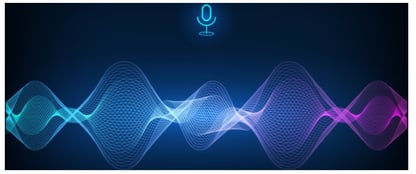For years, companies have been recording customer calls for quality assurance, compliance and risk mitigation. For those purposes, standard call recording solutions work fine. But, when you want to start analyzing your calls for customer insight like buying patterns, traditional call recording solutions don't always serve you the best.

For call analysis, you require certain elements in a call recording system that not all recorders have. These include:
- Dual channel audio capture - Recording the agent and the customer on separate, distinct channels so the parties can be isolated upon playback to clearly hear what each person said. Mono, or single-channel recorders, make it impossible to distinguish what was said during overtalk.
- High fidelity audio recording - Many call recorders capture audio using lower quality, low bit rate codecs. You want your calls recorded using high fidelity, wideband, high bit rate codecs like Opus. Opus is distinguished from most high-quality formats (e.g.: Vorbis, AAC, MP3) by having low delay (5 ~ 66.5 ms). It is unique from most low delay formats (e.g. Speex, G.711, GSM) by supporting high audio quality (narrow-band all the way to full-band audio). It meets or exceeds existing codecs' quality across a wide range of bitrates, and it operates at a lower delay than virtually any existing compressed format.
- Cost-free, immediate access to your recordings - Many call recording vendors charge money for you to export your call recordings to a third party analytics solution. These same companies also take time to grant you that access. In a world of immediacy, you can't afford to wait or have to pay to access your own audio data. You want to be able to export your calls freely and immediately, without any extra charge.
- Third party data interoperability - To gain the most telling customer insight from your recordings, you want to be able to easily combine your captured audio metadata with other third party data sources such as CRM, ACD and customer service solutions. This greatly enhances the value of your recorded calls and provides richer, more telling buyer intelligence. Most call recording systems don't enable you to easily combine such data. You want a recorder that has a REST API to make this process seamless and fast.
You see, when you evolve past the point of mere call recording and want to start call analyzing, you need to assess your current call recording solution to ensure it has the capabilities you need to do it successfully and immediately.

